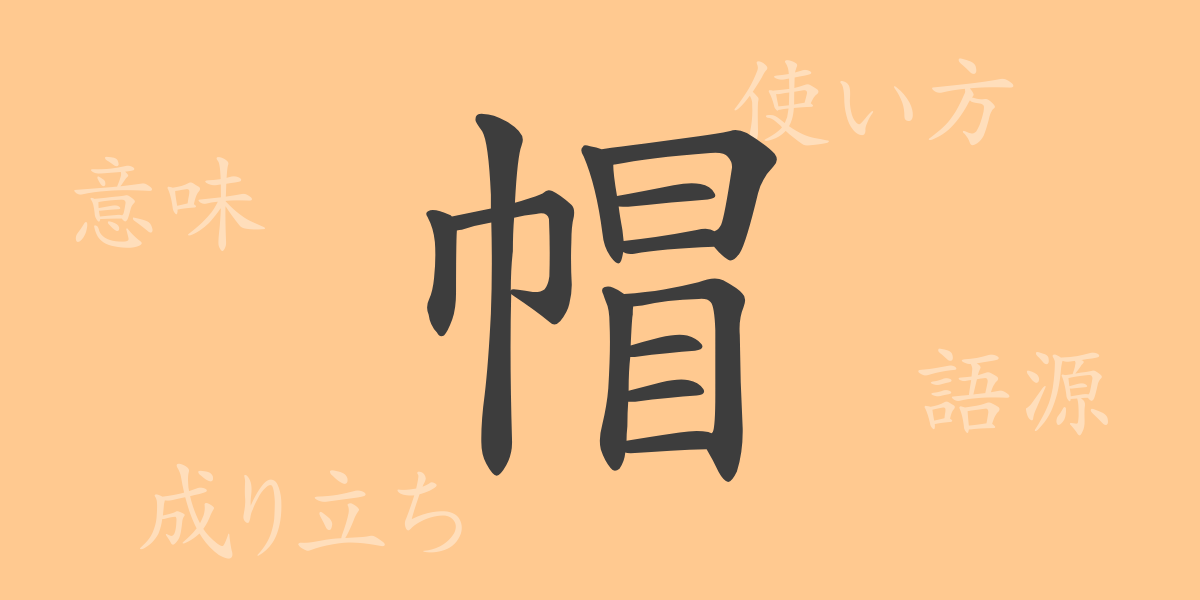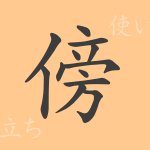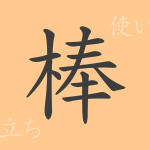Each of Japan’s 常用漢字(じょうようかんじ, frequently used kanji) has its own unique history and story. The character “帽(ぼう, bō)” is no exception. By exploring the profound meaning this single character holds and its presence in our daily lives, let’s unravel its origins and modern uses.
The Origin of 帽(ぼう, bō)
Tracing the origin of the kanji “帽(ぼう, bō)”, we find its roots in ancient Chinese characters. The character “帽(ぼう, bō)” is said to be derived from the word “冒(ぼう, bō)”, which means something that covers the head. Historically, it was used as equipment to protect the head and as an important item to indicate status or occupation.
The Meaning and Usage of 帽(ぼう, bō)
In modern Japanese, “帽(ぼう, bō)” is primarily recognized as a kanji referring to headwear. For example, the word “帽子(ぼうし, bōshi)” encompasses various types of hoods and hats used in everyday life. Additionally, there is a metaphorical expression “帽(ぼう, bō)を脱(ぬ)ぐ”, which means “to step down from a position” or “to resign from a role”.
Reading, Stroke Count, and Radical of 帽(ぼう, bō)
The kanji “帽(ぼう, bō)” is one of the frequently used kanji in Japan.
- Reading: On’yomi (音読み, Chinese reading) is “ボウ(ぼう, bō)”, Kun’yomi (訓読み, native Japanese reading) does not exist
- Stroke count: 12 strokes in total
- Radical: The radical is 布(ぬのへん, nunohen)
Idioms, Proverbs, and Phrases Using 帽(ぼう, bō)
There are various meanings and uses for idioms and phrases that include “帽(ぼう, bō)”. For instance, “安全帽(あんぜんぼう, anzenbō)” refers to a safety helmet, and “帽子(ぼうし, bōshi)を取(と)る” means to show respect by removing one’s hat. Additionally, “帽子屋(ぼうしや, bōshiya)” refers to a shop specializing in hats, and “帽子(ぼうし, bōshi)を脱(ぬ)ぐ” can also mean to show respect or to resign from a position.
Summary of 帽(ぼう, bō)
The kanji “帽(ぼう, bō)” not only refers to headwear closely related to our daily lives but also appears in idioms and phrases that reflect culture and history. It is a kanji that continues to live on in language, with diverse meanings derived from its basic function of covering the head. The character “帽(ぼう, bō)” that we unconsciously use in our daily lives has such a rich background.
“`

























